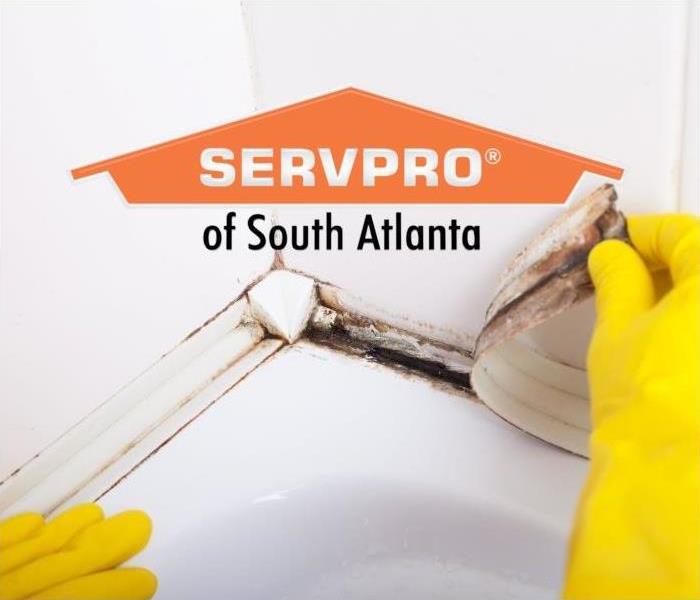Where Should You Watch for Water Damage? | SERVPRO of South Atlanta
9/21/2022 (Permalink)
 If a water emergency leaves your home in need of repairs, contact our professionals at SERVPRO of South Atlanta!
If a water emergency leaves your home in need of repairs, contact our professionals at SERVPRO of South Atlanta!
Water damage can occur anywhere in the home, from a number of different sources. Floods, dripping pipes and leaking appliances are only a few ways water can create a big mess inside your home.
While some of these examples would be noticeable right away, others might not be as visible without a little investigation.
Untreated water damage can create a plethora of hazards inside your home. Leaks that go undetected can turn a couple of drops of water into a huge flood disaster inside your home. This water can create even bigger issues when mold begins to form, floors begin to warp and an unpleasant aroma is sent throughout your home.
The best way to prevent a water emergency in your home is to check around your house for leaks regularly. This can be as simple as checking the most common culprits of water damage for signs of leaks like discoloration, a foul smell or wet spots.
Of course, you have to know where to look before you can do any detective work! Here are a few of the places you should keep a close eye out for leaks:
The Bathroom
Since almost all of the appliances in our bathrooms utilize water, it makes sense that this room is prone to leaks. Check for signs of water around your tub, the base of your shower and the bottom of your toilet.
Bathroom leaks aren’t always visible and can occur under your floor and behind your walls. When damp patches keep reappearing or your bathroom is unusually damp, hidden leaks like this become apparent.
Your Washing Machine
Do not let washing machine leaks go unnoticed. Water can collect at the bottom of our machine when the drain hose is damaged or the door seal is torn.
Washing machine leaks that you may need to look a bit harder for can happen behind your machine when the hose disconnects from the wall. Another indication that your washing machine may be having issues is shaking and rumbling.
The best time to check for these leaks is when your washing machine is running. So if you suspect it might be malfunctioning, keep a close eye on it once you’ve started it.
Your Water Heater
Water heater floods are not only one of the most common sources of water damage but also
one of the most destructive. When pressure is too high, your water heater could burst, causing expensive damage.
To avoid this dramatic calamity, check for water around the top, sides and bottom of your heater. The drain valve at the bottom of your tank is one of the more common trigger points for a leak. If water is dripping from the valve, make sure to replace it to keep the leak from developing.
If a water emergency leaves your home in need of repairs, contact our professionals at SERVPRO!





 24/7 Emergency Service
24/7 Emergency Service